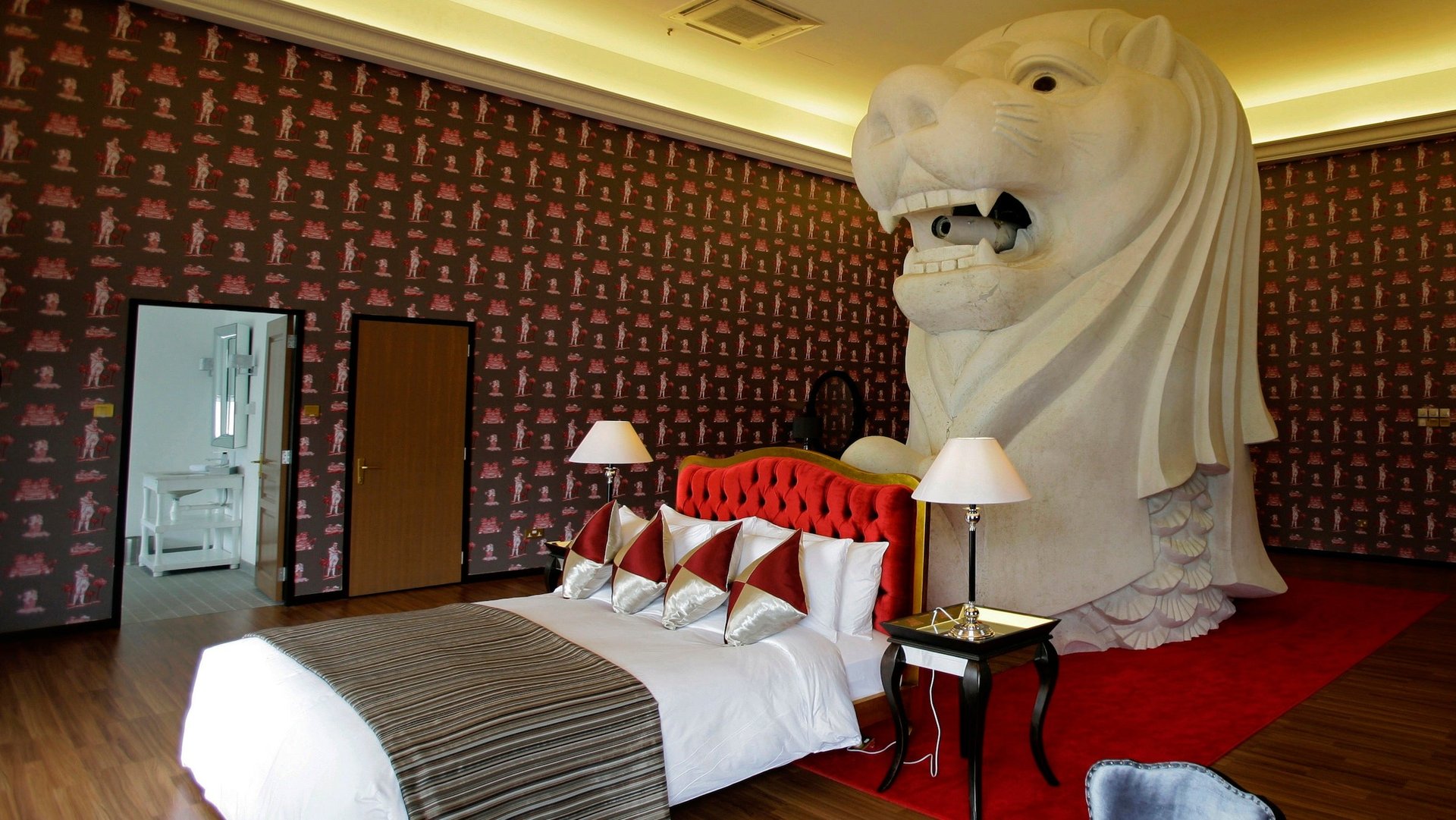Use what hotels know about sleeping to build your own dreamland
For the hotel industry, getting you a good night’s sleep is a valuable science. Methods vary; some chains use free-standing laboratories where amenities are tested on staff and volunteers, and others dedicate individual rooms in operating hotels to new design ideas. Either way, a lot of research and development goes into minute details, like how your towels are folded. Here are some findings you can take home with you:


For the hotel industry, getting you a good night’s sleep is a valuable science. Methods vary; some chains use free-standing laboratories where amenities are tested on staff and volunteers, and others dedicate individual rooms in operating hotels to new design ideas. Either way, a lot of research and development goes into minute details, like how your towels are folded. Here are some findings you can take home with you:
1. Bring nature into your bedroom
Starwood, which owns Westin Hotels and Resorts, has a 11,000-square-foot lab in Connecticut for testing new room designs, reports the BBC. Right now they’re testing guest rooms with nature-themed designs, which they say will help guests get a better night’s sleep.
Based on something called the biophilia hypothesis—a psychological theory that humans retain an evolutionary urge to be close to other living things—the decor features curtains and wallpaper that evoke a canopy of trees in the forest. Starwood researchers are also testing whether adding terrariums, or even just adding more of the color green, could aid in sleep. They even found that angling the bed away from the wall very slightly (only five degrees) seems to add to this aesthetic. The visual cue is subtle, designers told the BBC. But since there are “no straight lines in nature,” the unique angle evokes the outdoors.
As it turns out, straight lines occur in nature an awful lot. So feel free to keep your bed aligned as pleases you most.
2. Keep it simple
Marriott has a comparable lab in the basement of its Maryland headquarters for testing amenities and design changes. In a side-by-side test of four kinds of bedding configurations, researchers found that guests preferred “simpler, clean and neat style” duvets and pillows to lavish, elaborate combos, Marriott representatives told the BBC. Of course, taste isn’t universal—so if you know you get better shut-eye on gold silk and red satin, carry on. Perhaps your home’s guest room should feature something more subtle, though.
3. Mementos are key
Swissotel Hotels and Resorts uses a single model room for their testing. One feature the hotel chain has had success with is a personalized headboard. Frequent travelers, they found, like being able to tell where they are at first glance when they wake up. So in China, the hotel’s headboards might feature a Buddhist symbol, or Chinese characters. In this way, the hotels can provide a keystone without changing the entire room’s design.
But if you travel that frequently for work, maybe you should use a similar trick when you find yourself at home: Pictures of family on the bedside table will give you a prompt reminder of your locale.
4. Mind your mattress
Knowing that 71% of executives don’t get the recommended eight hours of sleep, hotels invest a lot in making their beds as restful as possible. In 2005, hotels spent $1.4 billion on mattresses in the US alone. The average full-service hotel will spend $550 on each king-size mattress and replace it every six to eight years. There have been studies that support the benefits of replacing a mattress every few years. Doing so may improve sleep quality and decrease back pain. And keep pillows in mind, as well: 69% of all hotels in the US offer different pillow options (93% of “luxury” hotels do so) because there’s a lot to choose from: Firm, soft, down, synthetic, memory foam, back sleeper, tummy sleeper, side sleeper, and so on. So don’t just grab any old pillow at the store—find one that’s really comfortable.
If you’re feeling lazy, you can actually buy a complete bed package from your favorite hotel. You’ll save a lot of money if you find all the pieces on your own, though. Lifehacker has a thorough guide to follow.
5. Hack your color palette
The hue of your home can have quite an effect on your mood, and some of the most extensive research on this phenomenon is geared towards hotels. Take a look at the suggested color schemes for resorts to find out if your eggshell walls evoke luxury, comfort, or just boredom.